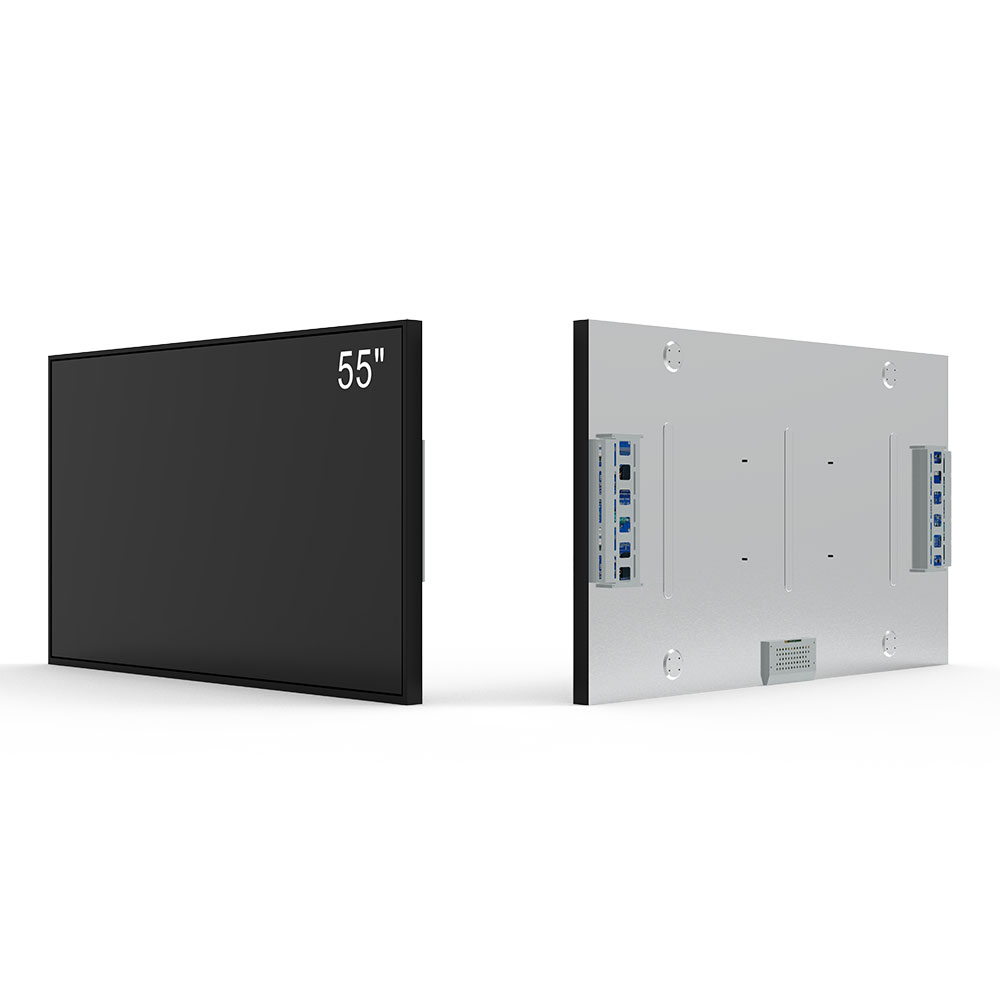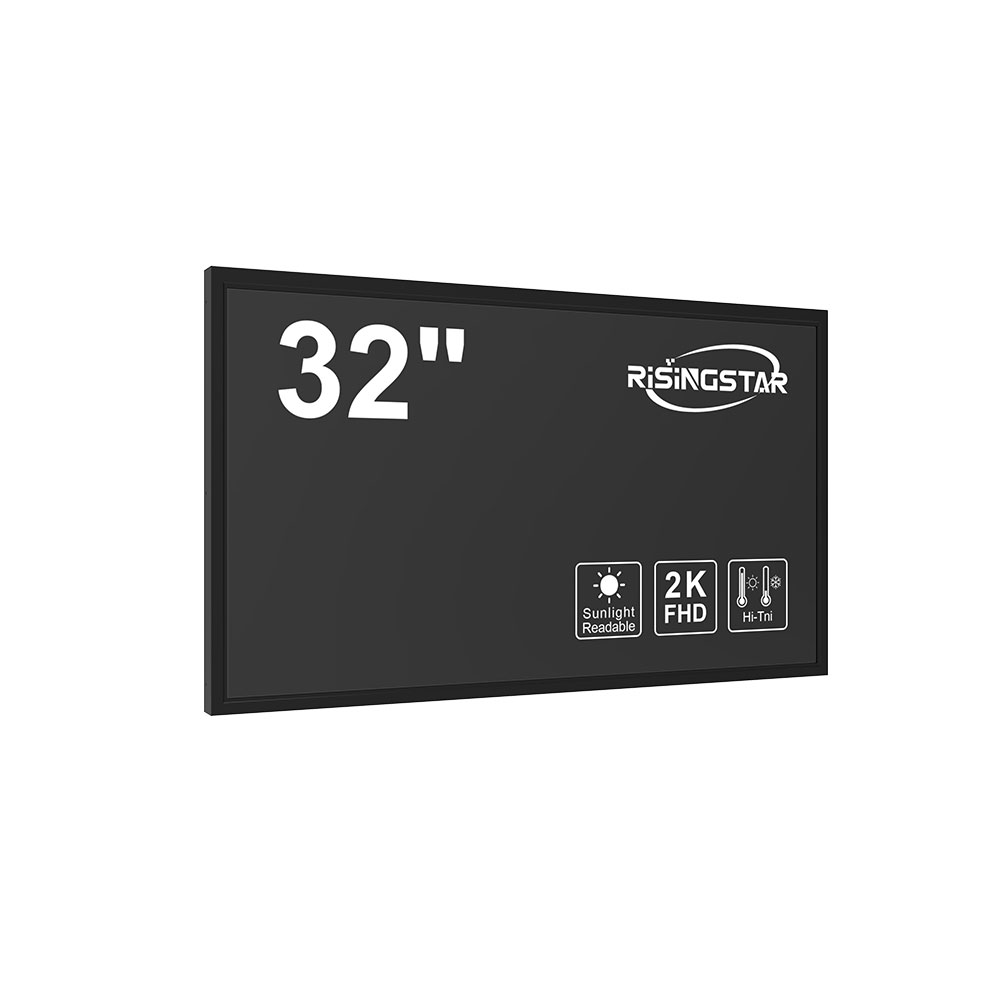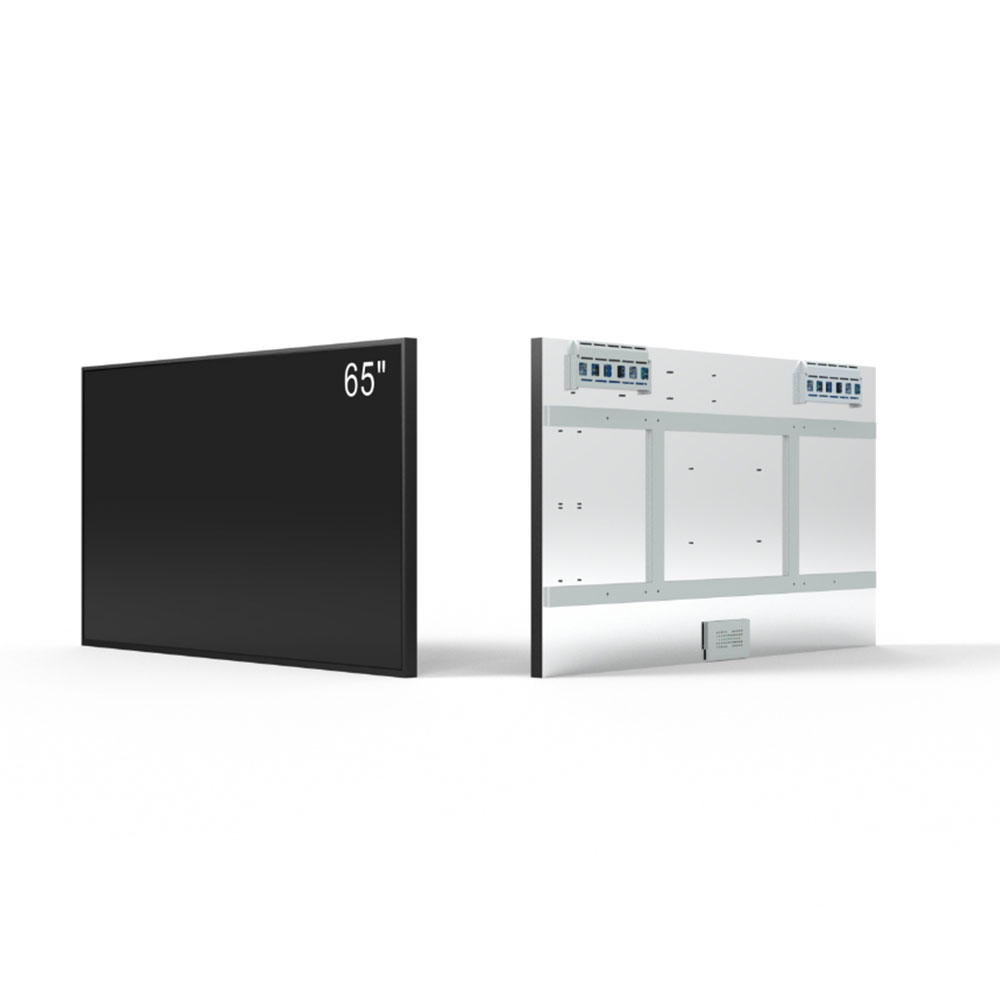When selecting a display technology for outdoor applications—such as digital signage, kiosks, or industrial control panels—the choice between TFT LCD and IPS LCD can significantly impact performance, visibility, and long-term reliability. As an outdoor LCD screen engineer with over 12 years of experience in designing high-brightness, sunlight-readable displays for global markets, I’ve evaluated both technologies extensively using real-world field data from deployments in Dubai, Singapore, and Alaska.
TFT (Thin-Film Transistor) LCDs are the industry standard for cost-effective displays. They offer good contrast ratios, decent response times (~15–30ms), and are widely used in consumer electronics like smartphones and tablets. However, when it comes to outdoor environments, their narrow viewing angles (typically 60°–70° horizontally) become a critical limitation. In bright sunlight, especially at oblique angles, image quality degrades rapidly due to color shift and reduced brightness—a common issue in public transportation terminals or retail storefronts.

IPS (In-Plane Switching) LCDs address this by aligning liquid crystal molecules parallel to the panel surface, enabling wide viewing angles (up to 178°). This makes them ideal for outdoor setups where users may approach from various angles—like interactive museum exhibits or highway information boards. Additionally, IPS panels deliver superior color accuracy (often 90%+ sRGB coverage) and consistent brightness across the screen. According to the International Electrotechnical Commission (IEC 62368-1), IPS panels meet stricter safety standards for optical stability under UV exposure, making them more durable in harsh climates.

However, IPS panels typically consume 10–20% more power than TFTs, which matters for solar-powered or battery-operated outdoor systems. Also, their slower response times (~25–40ms) can cause motion blur in fast-moving content—less ideal for live sports scoreboards or traffic monitoring.
For outdoor use, the best practice is to combine IPS technology with advanced backlighting (e.g., LED with diffusers rated >5000 nits peak brightness) and anti-glare coatings per ANSI/IES RP-4-2022 standards. Case studies from LG Electronics and BOE Technology show that IPS-based outdoor displays maintain >80% readability at 1000 lux ambient light, while TFT counterparts drop below 50%.

Ultimately, if your application prioritizes uniform color, wide-angle visibility, and durability in direct sunlight, IPS LCD is the superior choice—even with slightly higher upfront costs. For budget-sensitive projects where viewing angles aren’t critical, TFT remains viable with proper environmental shielding.







